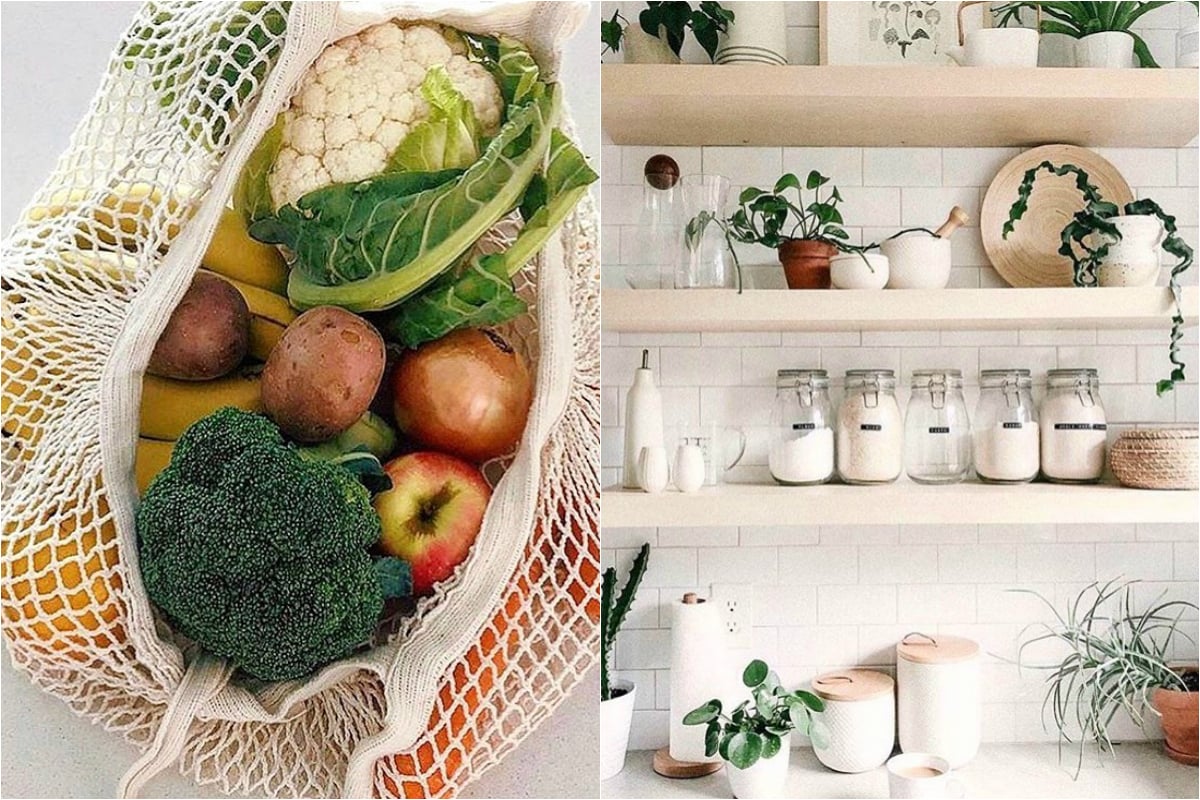
In today’s world, the greatest indication that a trend has officially entered the zeitgeist is how often it is Googled.
Since January 2017, Google searches for “zero waste” have more than doubled, while over on Instagram, three million posts have been tagged #zerowaste.
There are hosts of bloggers (myself among them), who are documenting their efforts to go zero waste, sharing their tips and advice (as well as artfully arranged Instagram shots of mason jars and homemade cleaning products) with an increasingly engaged community.
With the world’s plastic pollution crisis now gaining greater media coverage, it’s causing many of us (not just traditional environmentalists) to question how we are contributing to the problem, and what we can do to curb our use of plastic, particularly single-use items.
Those who are fed up with the inertia by government and big business on climate action are focusing on what we can change – our own behaviour – thus, the rise of the zero waste tribe.
The game changer.
Up until a couple of years ago, I was largely oblivious to the many environmental issues the world is facing.
While I had a cursory concern for the environment and took small steps to be “green” – always switching off lights when I left a room, turning off the tap while I brushed my teeth and separating my recyclable rubbish – I also shopped for fashion like it was a competitive sport, downed a daily coffee from a takeaway cup and used a multitude of single-use items in my home.
